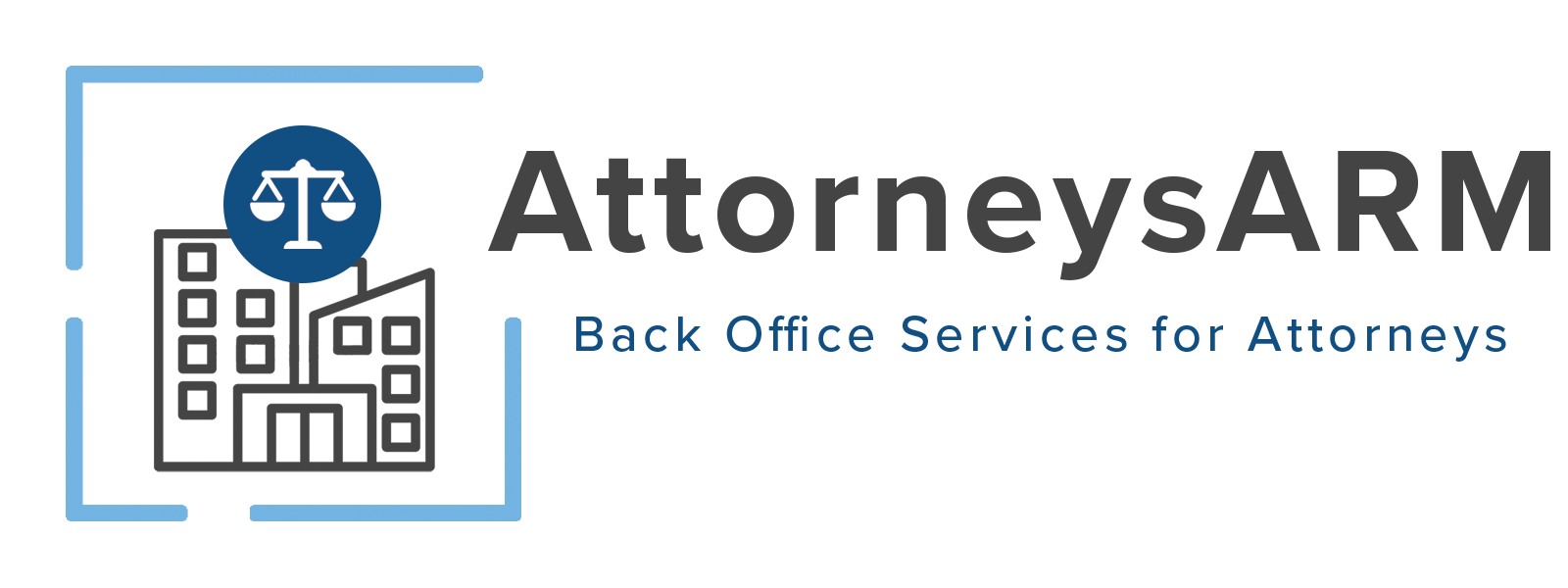Everyone goes into business to make a profit. One of the best ways to do that is to create great relationships with your clients. Yet, even if your clients are other businesses, there may come a time where you must use B2B collections strategies to try and get paid on past due invoices.
Why Don’t Businesses Pay What They Owe?
One of the most common questions that we’re asked about B2B is: why don’t businesses pay what they owe? Well, there can be several reasons this happens. The main reason is that the business could be struggling. You can learn more about the red flags of financial insolvency by checking out this article.
What Do You Do?
Because you’re dealing with another business, you must ensure that you do what you can to protect the professional relationship. If you damage the relationship during the collections process, it could be harder for you to get paid. This makes it essential for you to develop a B2B collections strategy that you can use with past due clients.
It’s also important that you reach out to your contact to determine if they are responsible for ensuring that invoices are paid. If they aren’t, you can ask for the contact information for that person. This can help you get in touch with the right person to inquire about the past due invoice before you begin the official collections process.
Work toward establishing a strong partnership with clients so that they want to ensure that they pay you what you’re owed. In addition to protecting your professional relationship, it also help you in the complex B2B collections process. B2B collections often rely on signed agreements as well as the internal payment policies of the business that owes you money. A good working partnership can mean that you spend less time (and money) during the collections process.
You must also develop an understanding of the laws and best practices involved in B2B collections. There are vital differences when you compare the process to consumer collections. You may find that it is more beneficial for you to find the right collection agency to help.
Your Business Needs Highly Effective a B2B Collections Strategy
Considering all the vital processes involved in B2B collections, your business needs highly effective strategies that maximize your chance of recovering as much as you can on past due accounts. Here are four important steps you should take to create your own effective B2B collections strategy.
Step 1: Use a payment tracking system. Using a payment tracking system is the only way that you can know whether payments are late. Choose a payment tracking system that provides you with all of the features you need. Commonly used features include creating invoices, tracking due dates, showing you past due amounts, and allowing you to create email reminders.
Step 2: Follow-up before the process begins. While you are doing all you can to track payments, it is also vital to follow-up with clients when their payments aren’t made. This can help you get paid without actually starting the official B2B collections process. You can find out if the invoice was overlooked, if the client had questions or problems, or if they’re ready to make the payment while you’re on the phone with them. This is a great way to provide customer care while ensuring that you’re collecting on past due accounts. Follow up should begin the date after the account is past due.
Step 3: Set and enforce strict penalties for missed payments. There are businesses who don’t mind missing payment deadlines despite knowing they have invoices they need to pay. They’ll pay you at their leisure because they have no reason to do otherwise. So, how can you ensure that your getting paid by clients on time? By making sure that your agreements have penalties, such as interest and late fees, that will be assessed when the account is past due. Make sure that you talk with a lawyer in your state so that you’re using a legal interest rate or late fee. These rates are often regulated by state law.
It’s also important to make sure that if clients don’t pay on time that you actually apply the late fees and interest as agreed to in the contract. While you may also want to consider a grace period or waiving an occasional late fee or interest due for your best clients who very rarely pay late, it’s still important for you to be ready to hold firm and enforce the fees as mentioned in the contract.
Step 4: Make sure that you design your strategy around the payment terms you agreed to follow. When you take on a client, you should make sure that you understand their payment terms. Do they pay within 7 days? 30 days? 60 days? Must invoices be approved before they’re paid? Knowing how the client’s business handles invoices and payments can help you create an effective collections strategy.
Additionally, if you have specific terms of payment, you should make sure that you talk with the client before they sign the contract. Getting on the same page about payments can help minimize the likelihood of past due accounts.
Looking for Help to Develop an Effective B2B Collection Strategy or Help with Collections?
If you’re looking to develop an effective in-house B2B collection strategy or if you need help with your collections, schedule your free consultation with Clients ARM by clicking here!




